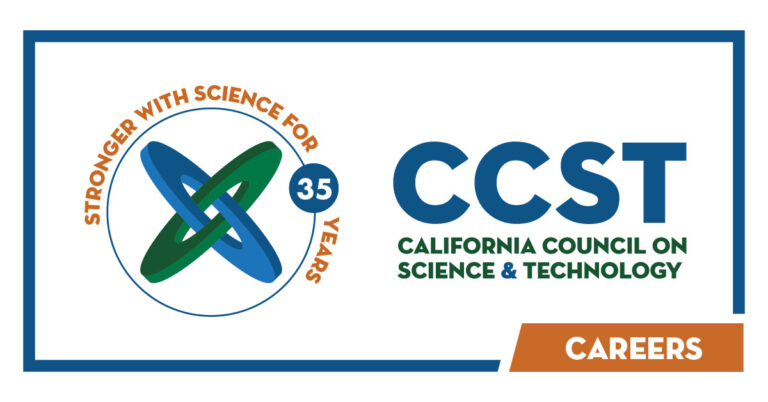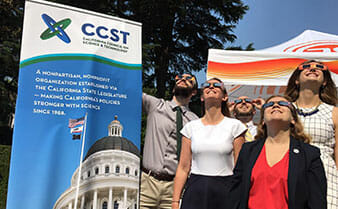Deputy Director
Making Supercomputers More User-friendly than Ever
October 8, 2007 | CCST Newsroom | Contact: M. Daniel DeCillis

The San Diego Supercomputer Center (SDSC) is one of the leading such facilities in the nation. One of the four original sites in the Teragrid project, it is internationally recognized for its contribution to computational biosciences and computational approaches to earth sciences and genomics. SDSC is especially known for its role in creating and maintaining the creation and maintenance of the Protein Ddata Bank, the George E. Brown, Jr. Network for Earthquake Engineering Simulation Cyberinfrastructure Center (NEESit), cyberinfrastructure for the geosciences (GEON), and the Tree of Life Project (TOL). But for all the tremendous computing power it contributes to can bring to bear on projects ranging from protein simulations to earthquake analyses, it is the teamwork and user interface that has made SDSC stand out recently.
“We’ve had a lot of feedback in user surveys asking for faster turnaround time,” said SDSC Director and CCST Council Member Fran Berman. “While we couldn’t eliminate the queue entirely, we realized that a service that lets users themselves schedule ‘windows’ of reserved time would let them complete jobs more reliably and get more done.”In September, SDSC released version 1.0 of a new user portal, featuring an innovative user-settable reservation system that gives researchers more control over when their jobs will run on the center’s supercomputers. The service, not previously offered in high performance computing centers, is debuting on SDSC’s DataStar and TeraGrid Cluster systems.
Queuing up for time on supercomputers is an all too common pastime for computational scientists, who may end up waiting anywhere from hours to days for their turn to use the machines. The unpredictably of queues can impede the course of research, slowing progress with unexpected periods of waiting.
The user portal offers researchers the opportunity to schedule jobs ahead of time through a web interface, accomplishing tasks such as running jobs and moving data that would ordinarily require complex command-line scripts. This is particularly useful for many researchers who find their sessions unexpectedly interrupted by glitches or minor problems with the software, forcing them to stop and fix the problem, waiting in the queue once again to restart. It is also useful for those who may need to be sure they run in conjunction with a scheduled event such as observing time on an electron microscope or other instrument.
“Any system, no matter how sophisticated, is limited by its usability,” said Berman. “We hope that the new user interface will help SDSC serve the scientific community even more efficiently.”




